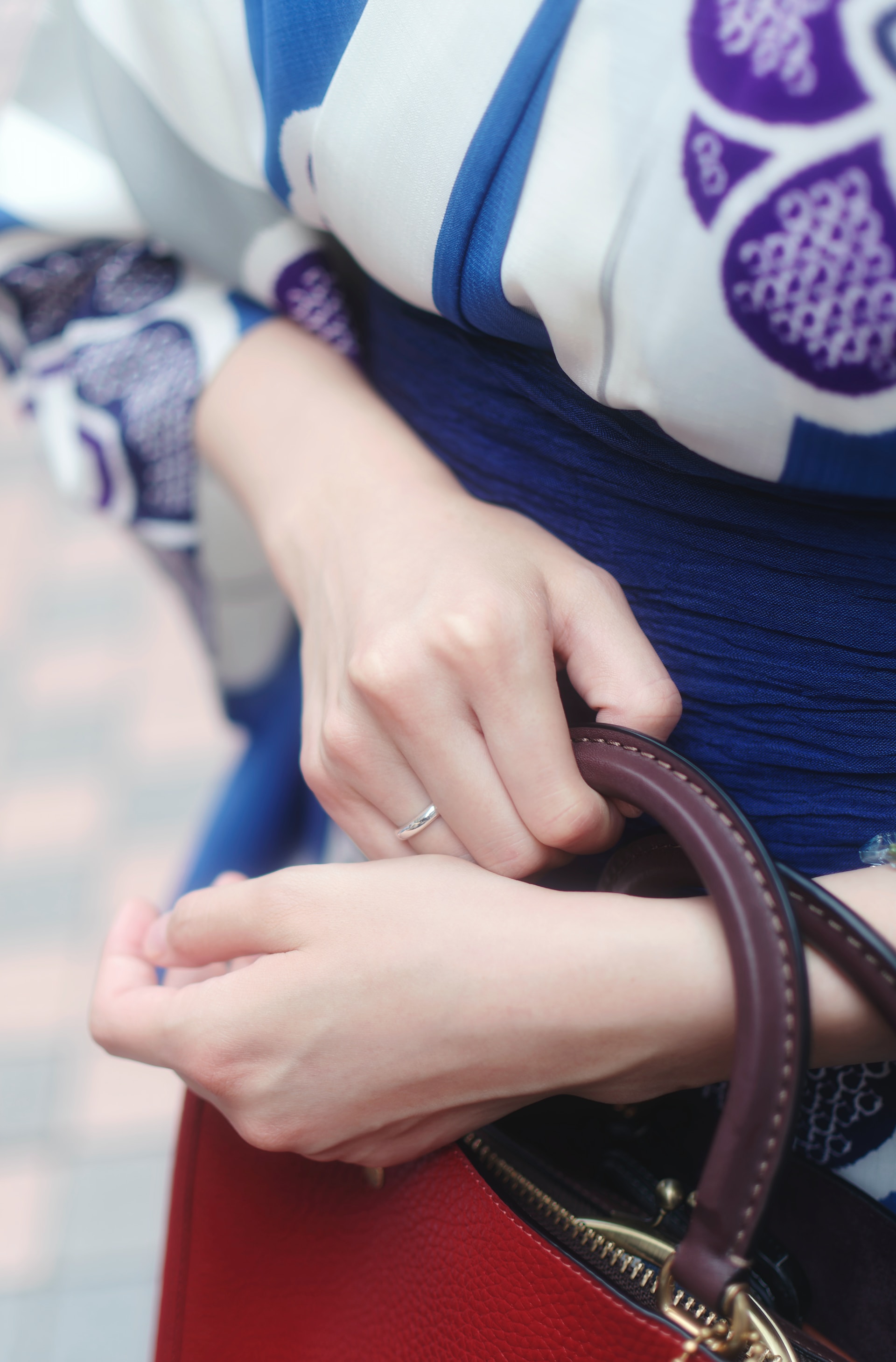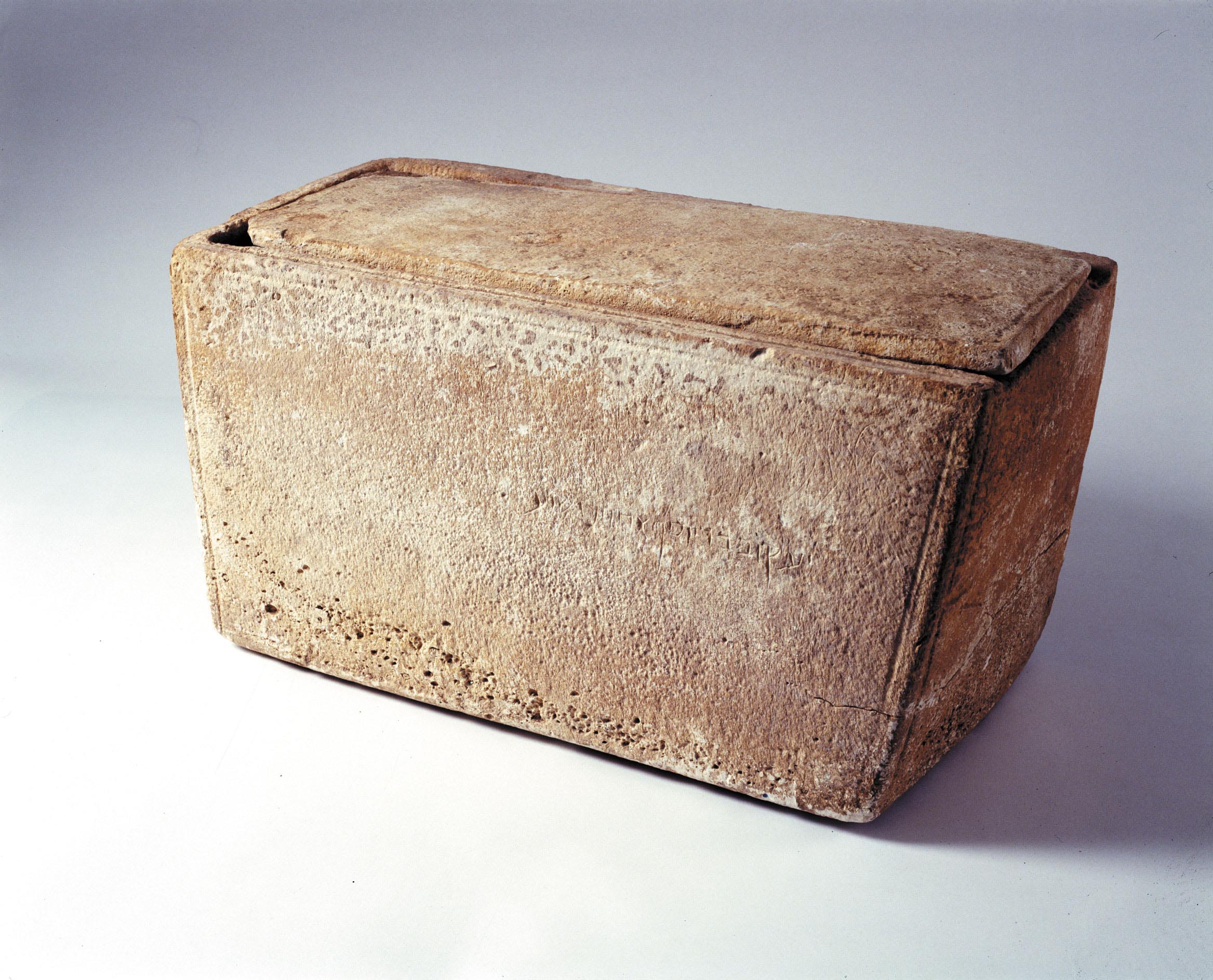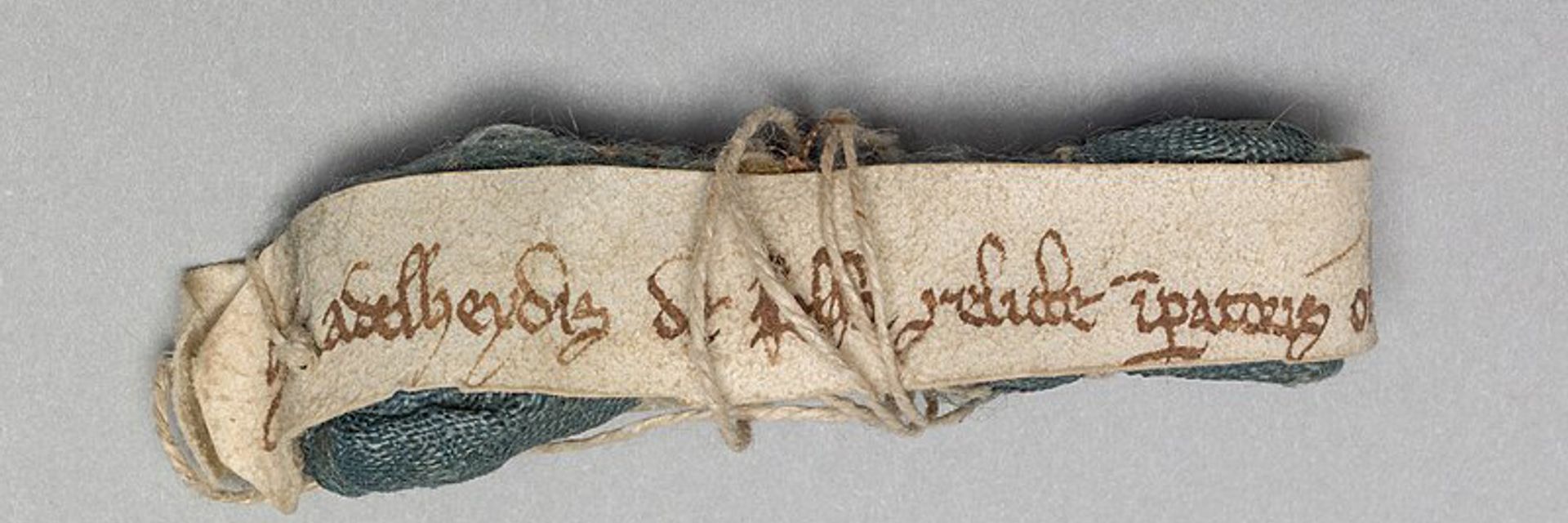Artifacts and relics have always been fascinating to the people who find or buy them. What’s more enticing than discovering a piece of our past? And, how do we cash in? Institutions, collectors, and sometimes sketchy dealers have tried to get their hands on relics on a large scale since the Middle Ages, but how do we distinguish the real ones from the fakes?
◊
Don’t be fooled: Forgeries surround us in our daily lives, in more ways than you might imagine.
Take a stroll down Canal Street, in New York City, and you’ll be inundated with designer purses and accessories – some appearing real, others laughably fake, but all of them knockoffs. Prefer to shop from the comfort of your own home? Then just pull up Amazon.com and get ready to sort through counterfeit products from third-party merchants (a trend that has been recently brought to light). Getting hungry? Watch out, because the food you’re ordering might be fake too! Heck, sign on to social media and you’ll have to pay close attention to evade fake news and fact check each headline.
We are constantly dodging deception. Sometimes the counterfeit objects are harmless – maybe no one will notice that backwards “C” on my Coach bag, and I can look stylish for a fraction of the cost – but other times the fraudulent item comes with a hefty price of its own.

Source: Takashi Miyazaki on Unsplash
In our age of information (and modern-day resources), we’re able to sift through phonies and scams in order to find the truth. But still, fake information and forged items are able to slip through the cracks, and we occasionally end up with an imitation of the real thing.
These are just a few of our contemporary struggles, but forgery has been around a lot longer than designer handbags and faux crab on your dinner plate. In fact, there was – and still is – a very large market for phony relics and artifacts.
Did a Lost Tribe of Israel Find Its Way to . . . Michigan?
An example of the fake relics that flooded the market more than a century ago is the “Michigan Relics.” This collection, which was discovered by James Scotford and Daniel Soper, has been debated and debunked since parts of it began popping up across 16 counties of Michigan at the end of the 19th century.
The saga began in the fall of 1890, when thousands of objects that seemingly originated in the Mediterranean region drew public attention. The artifacts included carved tablets and symbol-clad sculptures, and were thought to have Biblical significance. (Some were even said to be parts of Noah’s diary!) The objects, had they been real, could have potentially proven that the lost tribes of Israel had somehow migrated to North America.
But while Scotford and Soper’s “discoveries” were a source of popular fascination, they were quickly debunked. Did that stop them? Of course not. Amazingly, they continued to “discover” more artifacts for 30 years, so I guess you can’t blame them for trying, right?
The Emergence of Relics in the Middle Ages
Scotford and Soper weren’t the only ones seeking to profit from fake discoveries, and they certainly weren’t the first. Way back in the Middle Ages, relics were all the rage. Such objects were thought to be religiously significant and were said to have magical properties, healing and helping those who possessed them. There was a thriving market centered on holy relics, and people jumped at the chance to spend money acquiring them. Naturally, they were a source of controversy and many – if not all – were fake. Sure, it was a lucrative – albeit unethical – business, but I’m not surprised that individuals took advantage of the market.
While all relics are associated with saints and other religious figures, the Catholic Church defines three different types. First-class relics are items that are directly associated with the events of Christ’s life or the physical remains of a saint; second-class relics are items that were owned or used by a saint; and third-class relics are objects that have come in contact with first- or second-class relics.
So, how could one tell if a new purchase was fake? People of the time certainly didn’t have the technology that exists today to help them, but they did have one timeless tool of their own: common sense. Of course, whether they used it was up to them. Now don’t get me wrong. I’m not arguing that all the relics were fake, but I am saying that the pious people of the Middle Ages needed to practice “buyer beware.”
.jpg)
Antique crown containing relic from the collection of the treasury of the Chapel of the Tablet, Axum, Ethiopia. (Source: A. Davey, via Wikimedia Creative Commons)
Even back then, an easy way to assess if a relic were fake or not was to compare it to other similar objects. Why? Because more often than not there were multiple copies claiming to be the same relic. And not everyone was fooled. Relics were hotly debated, and people began to question their authenticity. John Calvin, the famous Protestant reformer, was quite vocal about the whole phenomenon, saying that by cataloguing each relic that had been found “it would be made manifest that every Apostle has more than four bodies, and every Saint two or three.”
Saint Rosalia’s Fake Relics
With all of the bogus items circulating, it should come as no surprise that a few of the most famously sought after and protected relics have turned out to be fakes. Items that have come into question include the Gospel of Jesus’s Wife and, believe it or not, even Jesus’s foreskin was claimed to be owned by several churches. While these frauds have been debunked quickly, not all relics are so easily dismissed – and some pass as authentic for years without arousing suspicion.
One collection of relics that slipped under the radar was the bones of Saint Rosalia, who lived in Sicily in the 12th century. Among the interesting facts of Saint Rosalia’s life was that she wasn’t martyred, as were so many other saints; rather, she chose to isolate herself on Mount Pellegrino in a cave where she spent her last twelve years praying and devoting herself to God.
More than three centuries later, when a plague struck the region in 1624, villagers began receiving strange visions from the saint herself. In the visions, Saint Rosalia guided some of the faithful to the cave she once inhabited, where her bones were found. Villagers prayed to her bones and, shortly after, the plague ended.
Saint Rosalia’s bones were preserved in a shrine, in a local church, and were celebrated and honored for hundreds of years. The catch? They weren’t her bones. In 1825, British geologist William Buckland examined the relics and identified the bones as belonging to a goat. People weren’t too keen on accepting that news, and the church still displays the bones to this day. I suppose they’re historic now, regardless of their origin.
The Coffin of Jesus’s Brother: Real or Fake?
Saint Rosalia’s bones, if real, would have made for an impressive first-class relic, but as we learned before, the remains of saints aren’t the only objects that can earn this classification. A first-class relic can also be directly related to the life of Jesus. That’s where this next questionable antiquitie comes into play. I’m talking about the supposed coffin of Jesus’s brother’s supposed coffin: the so-called James Ossuary.
Maybe you didn’t even realize Jesus had a brother. In fact, according to the Gospel of Mark, he actually had a sister and four brothers, one of whom was James. In 2001, Oded Golan, a collector from Tel Aviv, made a momentous announcement: He had in his possession a stone box with the inscription “Yaakov bar Yosef akhui di Yeshua,” or, “James, son of Joseph, brother of Jesus.”

Ossuary with carved inscription that reads, "Jacob (James), son of Joseph, brother of Jesus" (Source: Paradiso, via English Wikimedia)
The box, also known as an ossuary, which should have dated back to around 62 C.E., would have been an impressive enough find in and of itself. But what made it even more spectacular was that it was finally physical proof that Jesus had lived. A year after the announcement, the coffin of sorts was taken to Canada, in October 2002. While thousands flocked to see the container, Israeli detectives and biblical scholars were scratching their heads – skepticism about the James Ossuary was a growing, and its authenticity needed to be nailed down.
Unfortunately, it couldn’t be.
After only a short time in the public eye, the relic became the center of a forgery case against Golan, and was subjected to testing. The findings only complicated the issue. Sure, the box could be proven to date back to the appropriate era, but the most significant part – the inscription – was declared a forgery. The owner, Golan, was steadfast in his position: He never admitted to forgery, and maintained that the box was real (however it might have been obtained). After a seven-year trial, Golan was found guilty of possessing objects thought to be stolen and selling antiquities without a license – the bone box, however, was never decisively proven fake or real. The James Ossuary remains, to this day, highly debated, with evidence both against and for the box’s authenticity. Something tells me that even if the box is proven fake, there will always be those who believe … just as with Rosalia’s bones.
The Internet and an Increase in Fake Artifacts
While modern day advances like the Internet and access to other new technologies have made the identification of fake artifacts and relics simpler, they also create new problems of their own. It’s now easier to authenticate a piece, but it’s also much less difficult to create and distribute convincing fakes.
In an article published in Smithsonian magazine, Neil Brodie, senior research fellow in Endangered Archaeology at the University of Oxford, notes that there are at least 100,000 antiquities valued at over $10 million for sale online at any given time. Out of those, up to 80 percent are estimated to be fake or stolen.
New tools like eBay and social media have made it easier for forgers to get counterfeit or stolen goods into the hands of unsuspecting collectors. It’s also simpler to target average people who may not have enough background knowledge to judge the authenticity of objects without expert help. And a lack of effective regulation of the online antiquities trade makes this up-and-coming trend even harder to stop.

Reliquary cross (Source: Jenny O'Donnell, via Wikimedia Creative Commons)
But I’m not trying to be overly skeptical. While there are many opportunities for forgery, relics and artifacts are not always fake. With proper historical documentation and scientific testing, ancient objects can be authenticated with greater accuracy than in the past.
Not all questionable relics are fake. Sometimes they come under scrutiny because of the
means by which they were acquired. There is a very active black market in trafficked antiquities – a trend which has been exacerbated by the rise of online markets. MagellanTV’s Art Trafficking: A Grey Market examines how countries can combat the trafficking of stolen artifacts and reclaim what was once theirs.
The trade in relics and artifacts may have shifted from its medieval roots to online marketplaces, but it continues to be lucrative. When you consider all of the fakes that have passed as genuine, it really makes you think. What other fraudulent antiquities are out there, sealed in churches, enclosed in museum casings, and written into our history?
We can learn from high profile cases like the Michigan Relics. Just because something appears convincing doesn’t mean it’s real. That engraved slab your neighbor “dug up” is probably fake, but at least it’ll make for a great story.
Ω
Title image: Relic of St. Adelaide, The Cleveland Museum of Art via Wikimedia Commons.

